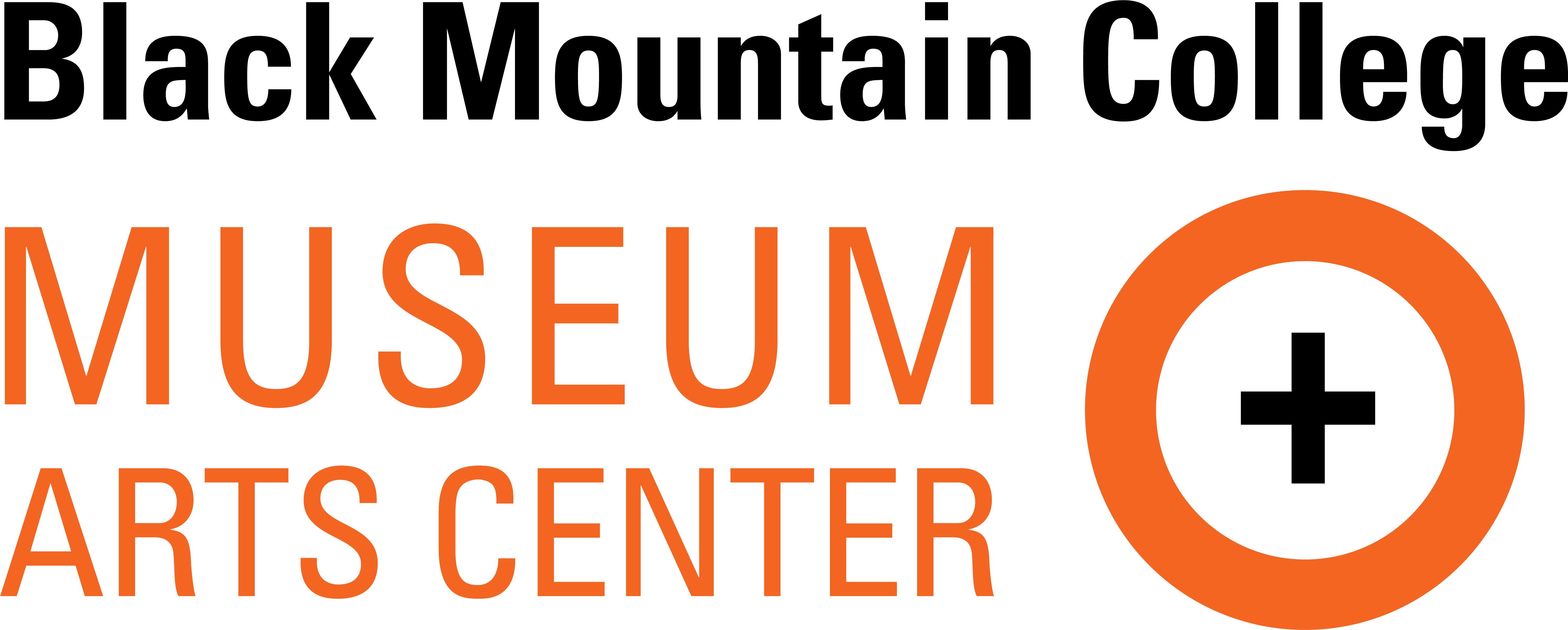Richard Andrews

Cropped photo of Richard Andrews on a train. Courtesy of Western Regional Archives.
Richard Andrews with train, 1939. Courtesy of Western Regional Archives.
FOCUS
Art/ Design/ Craft
ROLE
Student
ATTENDANCE
1936 - 1940
BIRTH
1918-01-03
Great Neck, NY
DEATH
1997-12-06
In 1940 Richard Lloyd Andrews was among Black Mountain’s first four graduates in art. He studied at the college from the fall of 1936 to the spring of 1940. His examiner was Marcel Breuer. Since the college was not accredited, he received a certificate of graduation instead of a degree.
Andrews spent his childhood in Great Neck, Long Island. His father, treasurer of the Turner Construction Company, commuted to New York. His mother, an artist, studied with Howard Pyle. When the time came to select a college, Andrews chose Black Mountain because it was one of the few schools where a male student could study the fine arts within the context of a liberal arts curriculum. His mother’s sister Constance Warren, President of Sarah Lawrence College, undoubtedly influenced his decision to attend a progressive school.
At Black Mountain, Andrews took courses in the liberal arts with an emphasis on literature and the visual arts. He took Josef Albers’s courses in color and design and studied weaving with Anni Albers. In 1938-39 he taught art at the Black Mountain public school, grades one though six. Andrews was fascinated by the old narrow-gauge railroad tracks that ran through the forested mountains, and he and fellow student Fred Stone traveled throughout the area searching for the tracks which he recorded in drawings in notebooks.
Although Andrews would have liked to have flown fighter planes in World War II, his six-foot-four-inch height exceeded the limits. Instead he served as an Air Force photo reconnaissance specialist in Africa and Southern France. After the war, Andrews studied for two years at the Art Students’ League with Vaclav Vytlacil and Morris Kantor and then with Hans Hofmann on Eighth Street.
From 1946-1962, he taught art at the New Canaan School in New Canaan, Connecticut (grades three through nine). He then was Chairman of the Art Department at the Scarborough School in Scarborough, New York (grades one through twelve). He also taught at St. Basil’s Academy (Greek Orthodox) and then at the Harvey School until his retirement. He wrote of his teaching, “I work with young people of ages six through eighteen in a very broad spectrum of areas; we make constructions and do ceramics; we work in woods and metals; we have, on occasion, constructed powered vehicles and boat hulls of some size.”
One influence of Albers’s teaching, he recalled, was his recognition of the importance of drawing in the art curriculum. A photographer himself, he also taught photography.
Besides his interest in narrow gauge railroads, Andrews was a devotee of water sports. In Ossining he designed and built his own ice boats and later sailed Whistling Wind, a skeeter first built in 1938 by Ted Meade. He sailed with the Westchester Ice Sailing Club of Croton Point (Andrews was featured in an article on ice boating in the December 19, 1982 issue of the New York Times Magazine).
In addition, he designed and built a catamaran and a trimaran. Andrews later recognized the influence of his mother who was a fine draftsperson and of Josef Albers from whom he learned a respect for all aspects of design and craftsmanship. In addition to building boats, Andrews built quarter-inch scale two-foot gauge model railroad layouts, and the engines and cars to run them. He knew all the two-foot railroads of Maine and was engineering chairman of the National Model Railroad Association.
For twenty years he wrote a column for the Narrow Gauge Gazette. Throughout his life Andrews continued to paint, primarily landscape. He observed that “If I learned one thing from Josef Albers, it might be to do your own thing with equanimity when almost everyone else is doing other things.” His work was exhibited in New York City and in Croton-on-Hudson where he lived.
In 1942 Andrews married Mary Fisher, whom he had met in Waterford, Maine when he was nineteen and she, fourteen. Andrews vacationed summers at the Warren Farm in North Waterford, Maine. Mary Fisher’s family had a summer house nearby. Her step-father Willis Fisher, taught English at Sarah Lawrence, and her mother, also Mary Fisher, taught Child Study. Constance Warren had encouraged faculty to buy the old houses in the Waterford area.
In the spring of 1939, Mary Fisher visited Andrews at Robert E. Lee Hall. She returned that summer to work at the Lake Eden Inn “as waitress and chambermaid.” They reared three children: Judith, head of Adult Education in S..A.D. 17 and Buckfield; Joseph C. (deceased), and Sarah, a detective story writer. After his retirement in 1987, Andrews moved with his wife Mary to North Waterford, Maine where he had a summer home. There he enjoyed ten years of retirement before his death in 1997.
Biography written by Mary Emma Harris for the Black Mountain College Project.
Courses Taken
Fall 1936-1937: Drawing I(Albers), Color I (Albers), Creative Writing (Wunsch),Music Appreciation II (Evarts-dropped), US History (King), Plato I with )Rice)
Spring 1936-1937: Drawing I (Albers), Color I (Albers), Plato I (Rice), American History (King)
Fall 1937-1938: Introductory Biology (Moellenhoff), Drawing II (Albers), WritingSeminar (Rice)
Spring 1937-1938: Drawing II(Albers), Introductory Biology (Moellenhoff), Dramatics II (Wunsch), Plato II (Rice), American Literature (audited, Surette)
Fall 1938-1939: Drawing II (Albers), Color II (Albers), Contemporary American Literature(Kurtz), and “teaching art at Black Mountain High School”
Spring 1938-1939: Drawing II (Albers), Color II (Albers), Contemporary American Literature (Kurtz), Readings in Literature (Kurtz), taught art at Black Mountain High School.
Fall 1939-1940: Drawing II (Albers), Color II (Albers), Werklehre (Albers), The English Novel (Kurtz).
Spring 1939-1940: Drawing II (Albers), Color II (Albers), Werklehre (Albers), The English Novel (Kurtz-dropped in March.)


